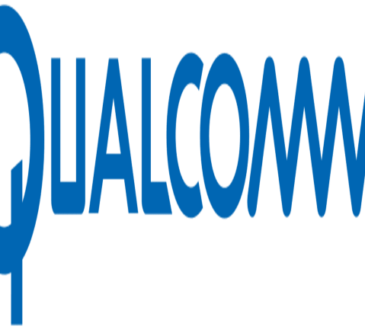By Matt Hamblen
Regulators closed Silicon Valley Bank Friday, the biggest bank closing since 2008. The bank claimed it had customers with 44 per cent of the US venture-backed tech and healthcare IPOs. (Silicon Valley Bank)
Friday produced a horror show for many in the tech sector, principally because regulators closed Silicon Valley Bank, a major player in the tech and venture capital community. It was the largest bank failure since the global financial crisis in 2008.
Small venture-backed companies had already been under pressure with higher interest rates and a slowdown for initial public offerings, making it difficult to raise cash. Some startups worried how they would meet their payroll with the SVB closure.
Meanwhile, a group of 13 VC leaders signed a public statement posted on LinkedIn and elsewhere calling the closure “deeply disappointing and concerning.” The statement was posted by CEO of General Catalyst, one of the 13, Hemant Taneja.
“In the event that SVB were to be purchased and appropriately capitalized, we would be strongly supportive and encourage our portfolio companies to resume their banking relationship with them,” the statement concluded. In addition to General Catalyst, the group of 13 VC firms included Greylock, LIghtspeed Venture Partners, and Kleiner Perkins.
Rumors surfaced Friday that SVB might be sold evaporated hours afterward, according to CNBC and other news outlets, and the future for SVB remained unsettled.
The public post by the 13 VCs brought a response from the head of global product services at SVB, Sanjay Golsalia. “I wish these very same VCs would have banned together and kept their deposits, their porco deposits at SVB and ‘stayed calm.'” Golsalia said. “They now have not only very likely lost a valuable bank partner that has served them unconditionally through tough times but will go underserved in new bank relationships. They fundamentally betrayed their partner and have undoubtedly shot themselves in the foot.”
Friday also brought a US jobless report for February that many analysts found to be solid with some notable exceptions for tech. The unemployment rate edged up to 3.6% from 3.4% a month earlier. Employment rose by 311,000 people, above expected levels, but there were declines in information and transportation and warehousing—all areas affecting engineers.
By contrast, employment in professional and business services continued to trend up in February with a gain of 12,000 jobs in management, scientific and technical consulting services. Across the prior six months, professional and business services increased by an average of 35,000 per months, according to the US Bureau of Labor Statistics.
More specific to the chip sector, investors on Friday began digesting a report showing January semiconductor sales had dropped 18 per cent globally year-to-year. The Semiconductor Industry Association noted that 2022 was a record year, but then sales cooled in the second half of 2022 and the trend continued into the first month of 2023. Sales year-to-year for January were down the most in China, by 31 per cent, while the Americas saw a 12 per cent decline and Asia Pacific saw a 20 per cent decline.
As with chips, tech jobs have a strong long-term outlook primarily because of the explosion of electronics in a multitude of applications, SIA and employment recruiters have noted.
As for SVB, financial regulators are weighing the impact of its closure on the larger banking community.
On its website, SVB said 44 per cent of US venture-backed tech and healthcare IPOs last year banked there.
SVB had announced Wednesday it was raising US$2 billion in capital after a US$1.8 billion loss on asset sales. Then shares of its parent, SVB Financial Group, fell 60 per cent on Thursday and dropped 60 per cent more in premarket trading on Friday before being halted. The bank has entered FDIC receivership and FDIC insurance covers up to US$250,000 per depositor, per bank.



